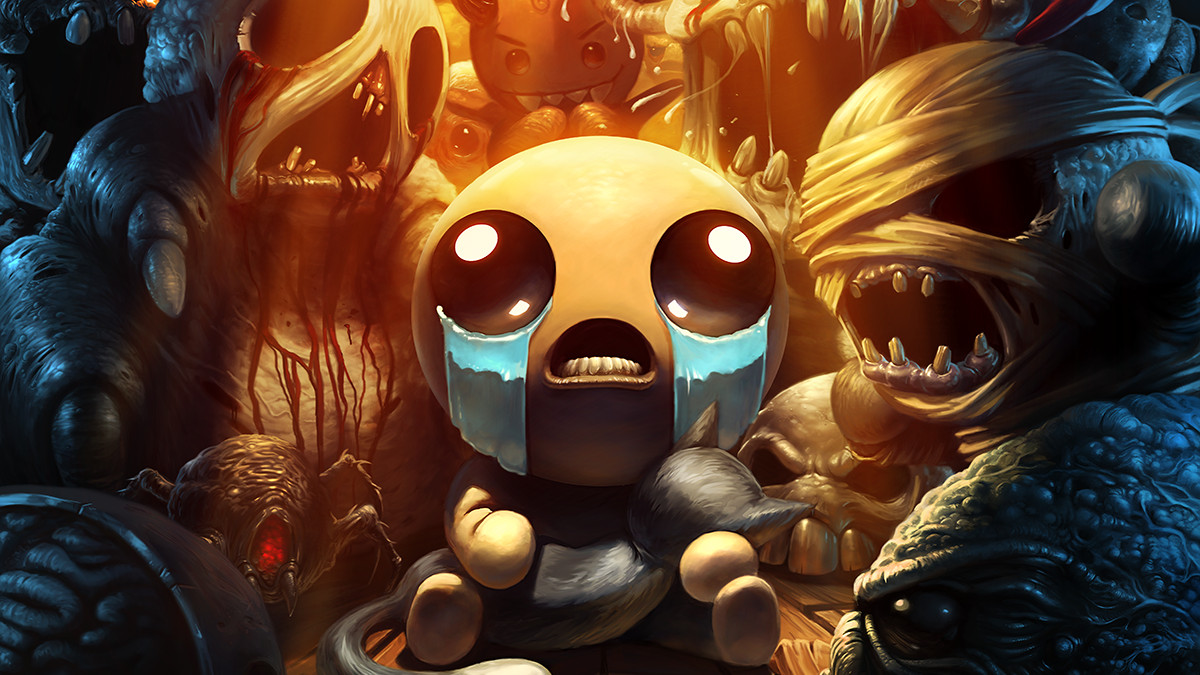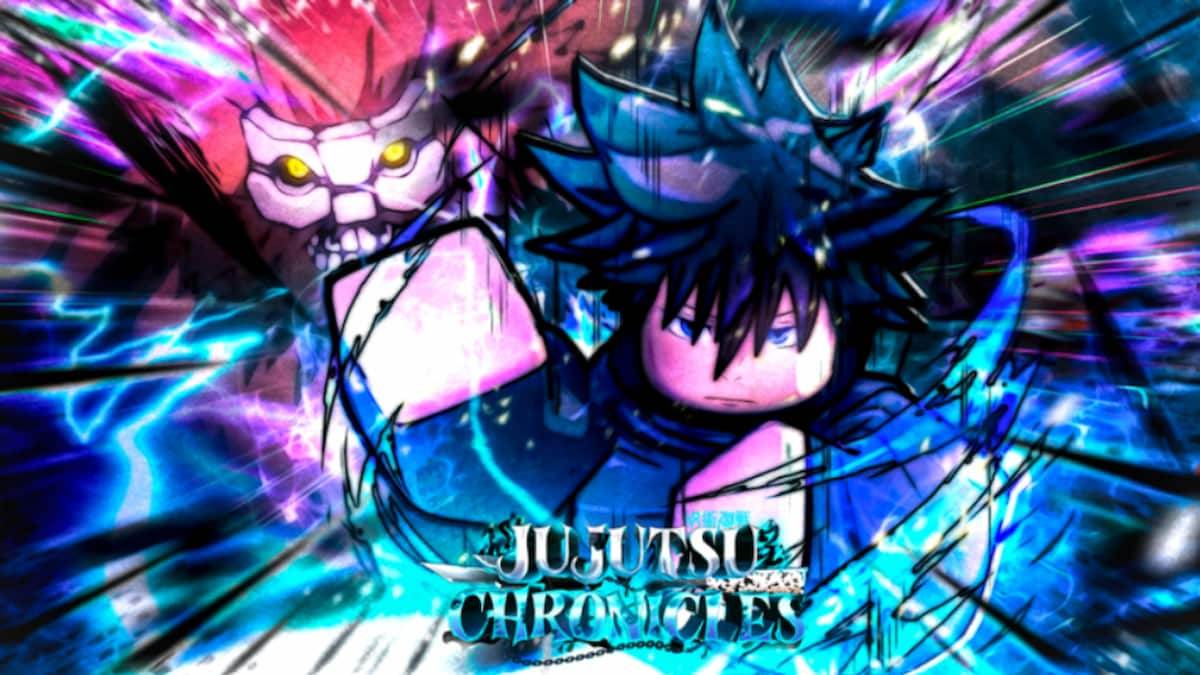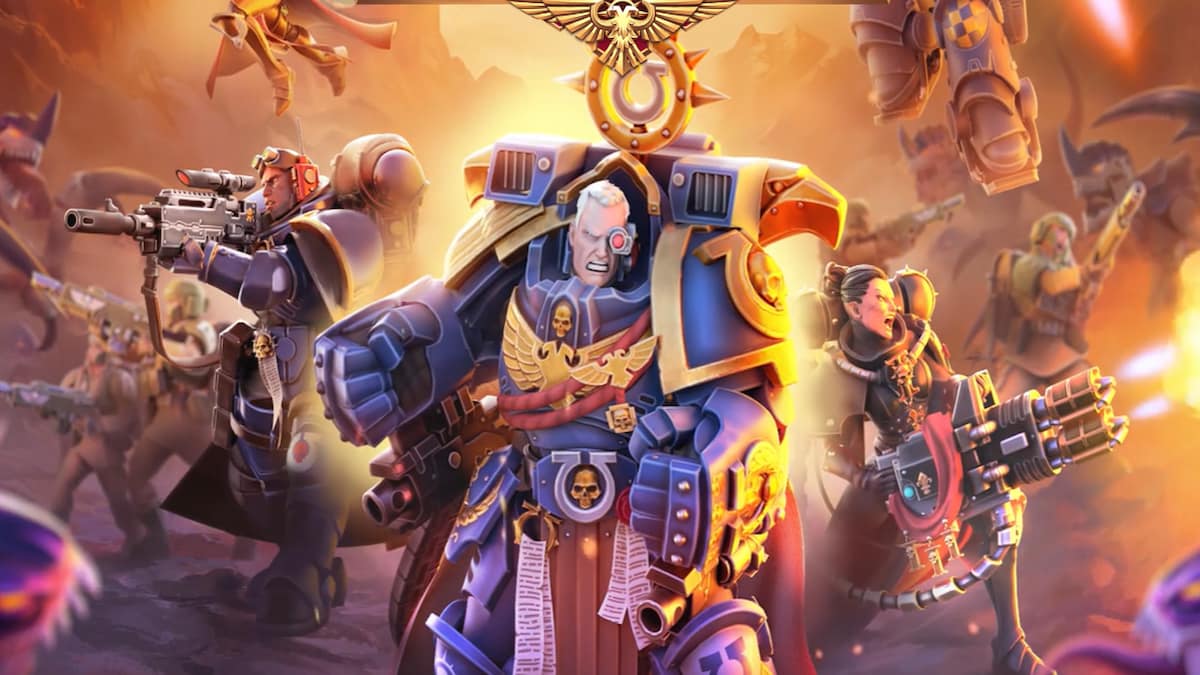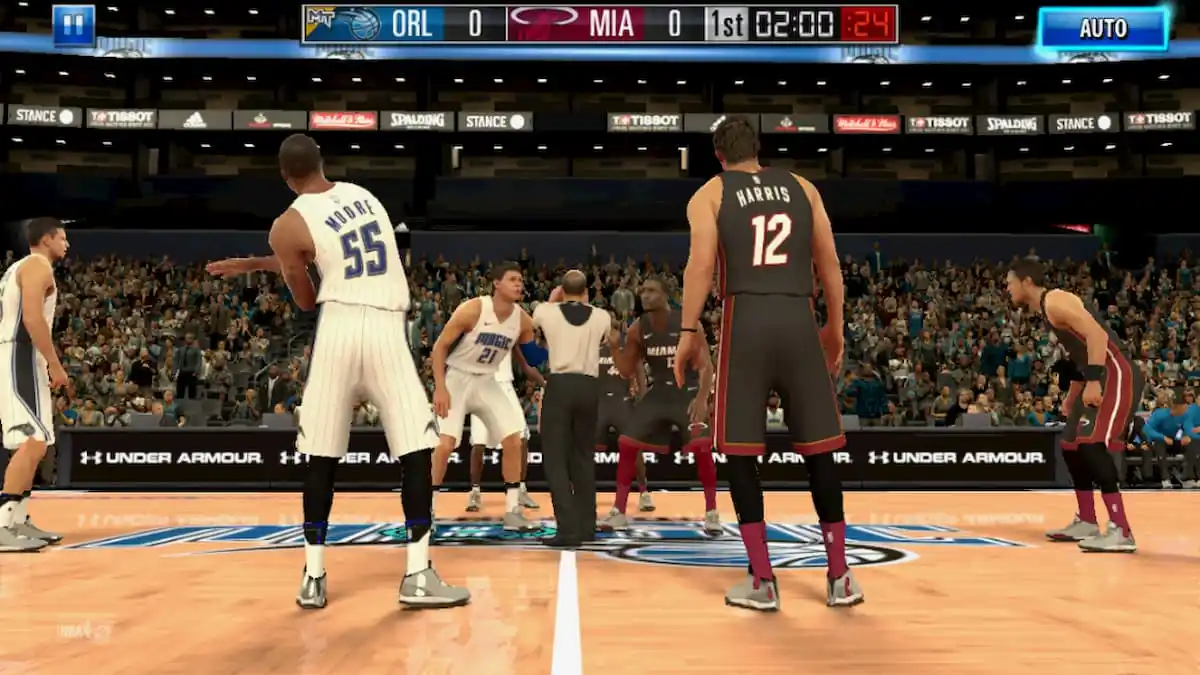Way back in 1980, a video game was released that would inspire not one but two separate genres that continue nearly 40 years later. Rogue was developed by Michael Toy and Glenn Wichman and was one of the earliest examples of a dungeon-crawling computer game. Its use of procedurally generated dungeons and power-ups that could be collected along the way made each playthrough different and unique, while its permadeath feature ensured that every choice the player made was critical to their success.
Since then, two genres of games have sprung up that build on the legacy that Rogue started. Both Roguelike and Roguelite games draw inspiration from the original; in fact, many video game players use the two terms interchangeably, but there are some important differences to keep in mind.
Roguelike vs Roguelite shared traits

There is a fair bit of crossover between these two genres, with the main difference being how closely they adhere to the original formula laid out in Rogue. This formula includes:
- Permadeath – Once a character is killed, it is gone forever. That includes not being able to reset the game to a previous save file to bring a character back.
- Procedural Generation – Dungeons are created at random, making each playthrough different.
- Random Items – Items that are picked up as the player progresses through the game are randomly dropped, meaning that there is an element of luck involved in getting items that work for your playstyle.
- Turn-based Combat – The original Rogue consisted of unforgiving turn-based combat.
Fans of the genre will debate endlessly where certain games stand on the spectrum, but there isn’t a hard and fast rule on what separates the two. Roguelite merely refers to games that have fewer of the mentioned features while Roguelike refers to games with more.
Roguelike
It is probably more helpful to consider the Roguelike and Roguelite genres as being on opposite ends of the same spectrum; games that have all these elements would firmly fall into the category of Roguelike. Examples of games that are certainly Roguelike would be Darkest Dungeon 2 or FTL: Faster Than Light. Games on this end of the spectrum are known for their high difficulty and replayability.
Roguelite
On the other end of the spectrum are games like Hades and The Binding of Isaac. These games have certain aspects of the original Rogue, such as procedurally generated dungeons and items, but they also lack others. Hades and The Binding of Isaac, for example, both allow players to carry stats and certain items over to subsequent playthroughs. Both games also take place in real-time rather than having a turn-based combat system. However, they are procedurally generated, and require players to start over from the beginning after each run, though it is debatable if they have a permadeath feature in them. These games would sit comfortably on Roguelite end of the spectrum.







Published: May 17, 2022 10:11 am